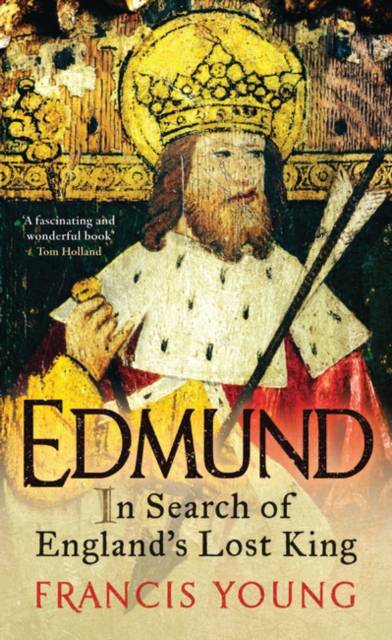
- Afhalen na 1 uur in een winkel met voorraad
- Gratis thuislevering in België vanaf € 30
- Ruim aanbod met 7 miljoen producten
- Afhalen na 1 uur in een winkel met voorraad
- Gratis thuislevering in België vanaf € 30
- Ruim aanbod met 7 miljoen producten
Zoeken
€ 68,95
+ 137 punten
Uitvoering
Omschrijving
What buried secret lies beneath the stones of one of England's greatest former churches and shrines? The ruins of the Benedictine Abbey of Bury St Edmunds are a memorial to the largest Romanesque church ever built. This Suffolk market town is now a quiet place, out of the way, eclipsed by its more famous neighbour Cambridge. But present obscurity may conceal a find as significant as the emergence from beneath a Leicester car-park of the remains of Richard III. For Bury, as Francis Young now reveals, is the probable site of the body - placed in an `iron chest' but lost during the Dissolution of the Monasteries - of Edmund: martyred monarch of the Anglo-Saxon kingdom of East Anglia and, well before St George, England's first patron saint. After the king was slain by marauding Vikings in the ninth century, the legend which grew up around his murder led to the foundation in Bury of one of the pre-eminent shrines of Christendom. In showing how Edmund became the pivotal figure around whom Saxons, Danes and Normans all rallied, the author points to the imminent rediscovery of the ruler who created England.
Specificaties
Betrokkenen
- Auteur(s):
- Uitgeverij:
Inhoud
- Aantal bladzijden:
- 224
- Taal:
- Engels
Eigenschappen
- Productcode (EAN):
- 9781788311793
- Verschijningsdatum:
- 28/06/2018
- Uitvoering:
- Hardcover
- Formaat:
- Genaaid
- Afmetingen:
- 137 mm x 216 mm
- Gewicht:
- 430 g

Alleen bij Standaard Boekhandel
+ 137 punten op je klantenkaart van Standaard Boekhandel
Beoordelingen
We publiceren alleen reviews die voldoen aan de voorwaarden voor reviews. Bekijk onze voorwaarden voor reviews.








